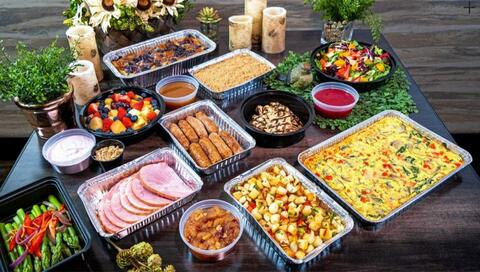Springtime is here, and families across America are eager to gather around the table to commemorate holidays such as Easter, Passover or Eid al-Fitr.
Though traditions may differ, these holidays have one thing in common — delicious food! Keep your feast memorable by following these food safety tips.
Wash Your Hands:
Inadequate handwashing is a contributing factor to foodborne illness. Wet, lather with soap and then scrub your hands for 20 seconds. Use a clean towel to dry off.
Prepare Dishes Safely:
When preparing your Passover Seder meal, preparation of various dishes requires different cutting boards to prevent cross-contamination. Prepare raw meat on one cutting board and raw vegetables and herbs on another.
Cook to a Safe Internal Temperature:
The end of Ramadan is typically marked by special days that end a period of fasting with meals that include beef, lamb and chicken. Use a food thermometer to ensure entrees reach a safe internal temperature:
• Lamb and beef, whole-cuts: 145 F, with a three-minute rest time.
• Lamb and beef, ground: 160 F.
• All poultry, whole or ground: 165 F.
Follow Safe Handling Instructions:
Read packaging labels carefully to determine if the product is ready to eat or needs to be cooked. Ham, an Easter Sunday favorite, may be fresh, cured or cured-and-smoked.
• Hams that are not ready to eat should be cooked to 145 F, with a three-minute rest time.
Store Leftovers Safely:
Place leftovers in small containers within two hours after being served. They can safely remain in the refrigerator for three to four days.
Leftovers will keep their best freshness and quality in the freezer for three to four months. Reheat to 165 F.
Learn more about the safe handling of beef, ham, lamb, shell egg and egg products.
For more information about food safety, contact USDA’s Meat and Poultry Hotline
